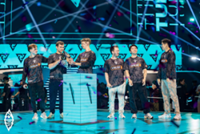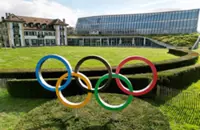Naquib led the Sem9.Axle Sports team to fourth place at the 24 Hours Le Mans Virtual. — Handout
The Covid-19 pandemic may have fast-tracked the mainstream appeal of sim racing as popular motorsport competitions or series started organising their own initiatives.
In 2020, the F1 Esports Virtual Grand Prix was announced following the postponement of the real-life racing season due to the pandemic where racers competed in the F1 2019 game developed by Codemasters. In a statement, F1 said the Virtual Grand Prix drew over 30 million viewers across TV and digital platforms during the lockdown period.
Already a subscriber? Log in
Save 30% OFF The Star Digital Access
Cancel anytime. Ad-free. Unlimited access with perks.





